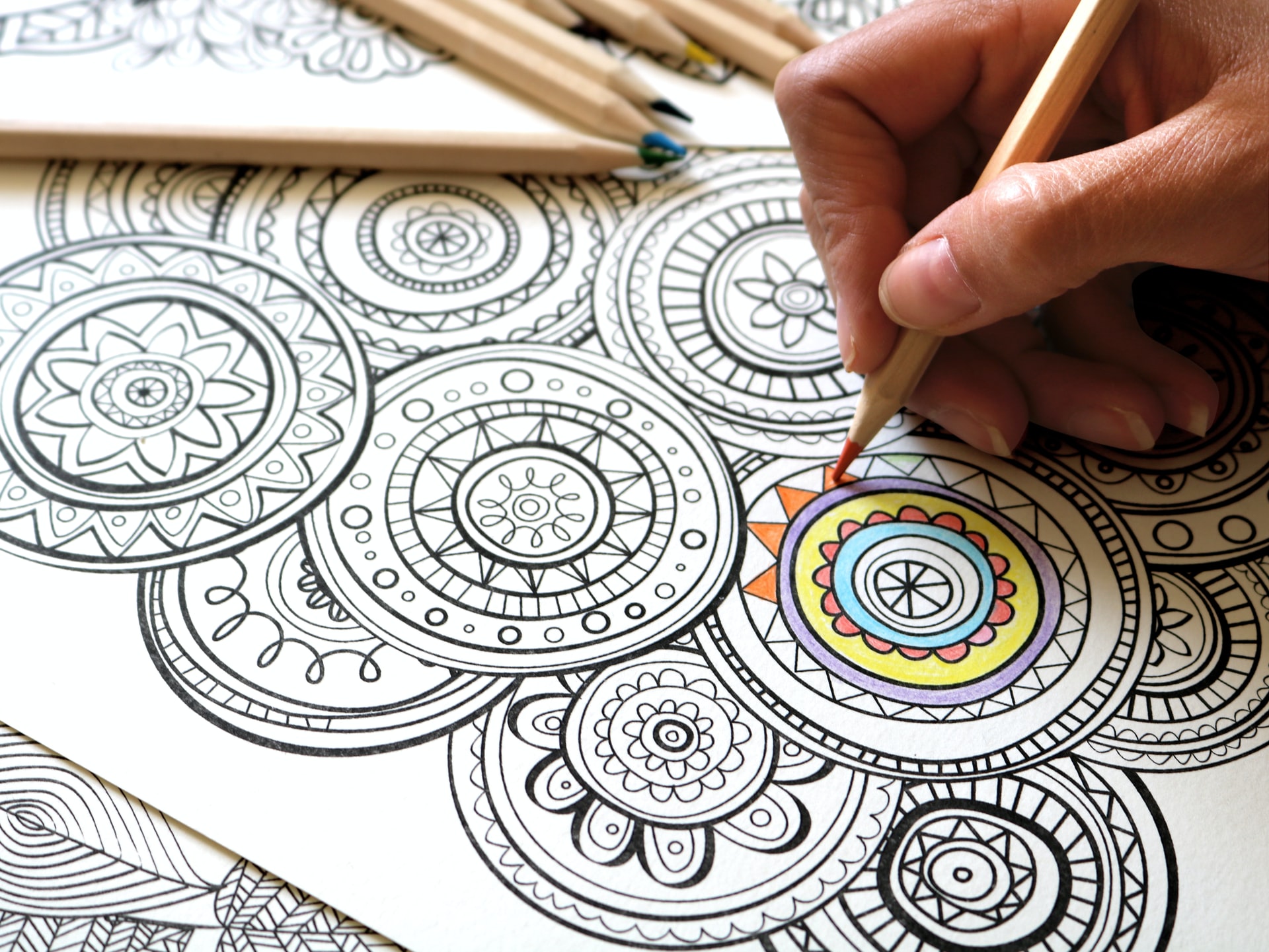

Pattern creation is the process of creating a blueprint for your garment. A pattern is used as a guide to cut out fabric that matches the necessary specifications when sewing a garment. It considers the fabric style, the wearer’s desired fit, and any trims that are used. The pattern is used to ensure that the two-dimensional fabric is correctly positioned on a three-dimensional body.
The two well-known methods of pattern construction are draping and flat patterning. Each solution requires slightly different resources to complete the mission.
Draping is a technique for achieving a perfect look by manually shaping fabric on a dress form. To get started, you’ll need a dress style, fabric (either your own or a less expensive fabric of similar weight and drape qualities), buttons, pattern paper, a French curve, and a straight ruler.
Wrap the fabric around the form until it is the desired shape, then label it when it is still on the object. The cloth is then removed and laid out. The lines are neatened with a French curve and a ruler. After that, the cloth patterns are moved to pattern paper. Then you’d apply seam allowances, notches, and other required marks before trueing the patterns. We’ll go through the definitions of both of those words later.
Draping is a lot of fun, and it’s excellent for very complex folds, but it’s not as efficient or accurate as a flat template.
As the name suggests, a flat pattern is created on a flat surface. Template paper, a French line, a straight ruler, and a pencil are used to make manual flat patterns. CAD tools are used to generate digital flat patterns. When creating flat patterns, whether you’re working digitally or by hand, the drafting methods are the same.
Without pattern making, no design can be effectively converted from imagined “oohs and aahs” to realized steps of walking “wowzas.” Pattern making is one of the most important steps in the dress development process.
Pattern making is the process of creating a two-dimensional design representation of a garment with the help of specialized instruments, measuring charts, and tailoring techniques.
Consider it like making a fashion concept template before putting it into action and fabricating a unique new garment from it.
Well, it depends on the pattern-making system used during the dress-making process. Pattern making can be divided into two categories. Let’s take a look at each one separately:
The designer takes measurements of the wearer for whom the dress is to be modelled and then drafts the design on a sheet of brown paper or a sophisticated computer program. After the measurements have been taken, a simple pattern is drawn on the paper on screen for each garment piece. This drawing can be done by hand or with the help of CAD tools. The resulting pattern contains details such as grainline locations, sizing, cut numbers, and so on.
In the final phase, the specific patterns (which form a pattern set) are pinned onto the fabric, and any appropriate changes are made. Fabric parts are cut, assembled, and sewn together to shape the apparel product. Drafting is the most popular pattern-making method used by fashion designers, and it ensures a design with an extremely accurate fit.
Draping is the more traditional of the two pattern-making techniques. Although it isn’t as commonplace as it once was, it is still a valuable skill among high-end design firms.
Draping, unlike drafting, involves placing and pinning fabric directly on a mannequin. The fabric fragments are then manipulated to create the garment design’s structure. These cloth fragments are generally made of muslin, but draping may also be done with calico or the final fabric.
A dress is draped in pieces, such as the front skirt, back skirt, front bodice, back bodice, etc. The draped fabric is labelled to signify important design details until the desired design is achieved. It is then taken off the dress form, and truing is finished.
The excess fabric material is cut away in the final stages, and the trued fabric is put back on the mannequin to check for fit accuracy. The pattern is now ready to be printed and sewn onto paper.
You’ll need to get an education from a prestigious university if you want to learn about the different types of pattern making in clothing or the pattern making process. One of the best in the field is the JD Institute Of Fashion Technology, which offers courses like pattern-making technology and others that follow an industry-focused program to train students for real-world scenarios. The Times Power Icon Award, the International Glory Award, and the Leaders in Education Award, to name a few, have all been given to JD Institute for their contributions to education. Students have worked with top brands such as Zara, Tommy Hilfiger, and Sabyasachi.
Candidates are selected using a general aptitude test, or GAT, created by the department to assess a candidate’s technological or artistic skills. The JD council will assist you with getting in contact with the college and other students the following graduation by offering constructive guidance. It symbolizes the organization’s mission of assisting participants in expanding their market potential by providing them with a well-organized, supportive, and knowledgeable referral network that helps them to form positive and long-term relationships with quality industry professionals. To take advantage of this wonderful opportunity, Enroll now!